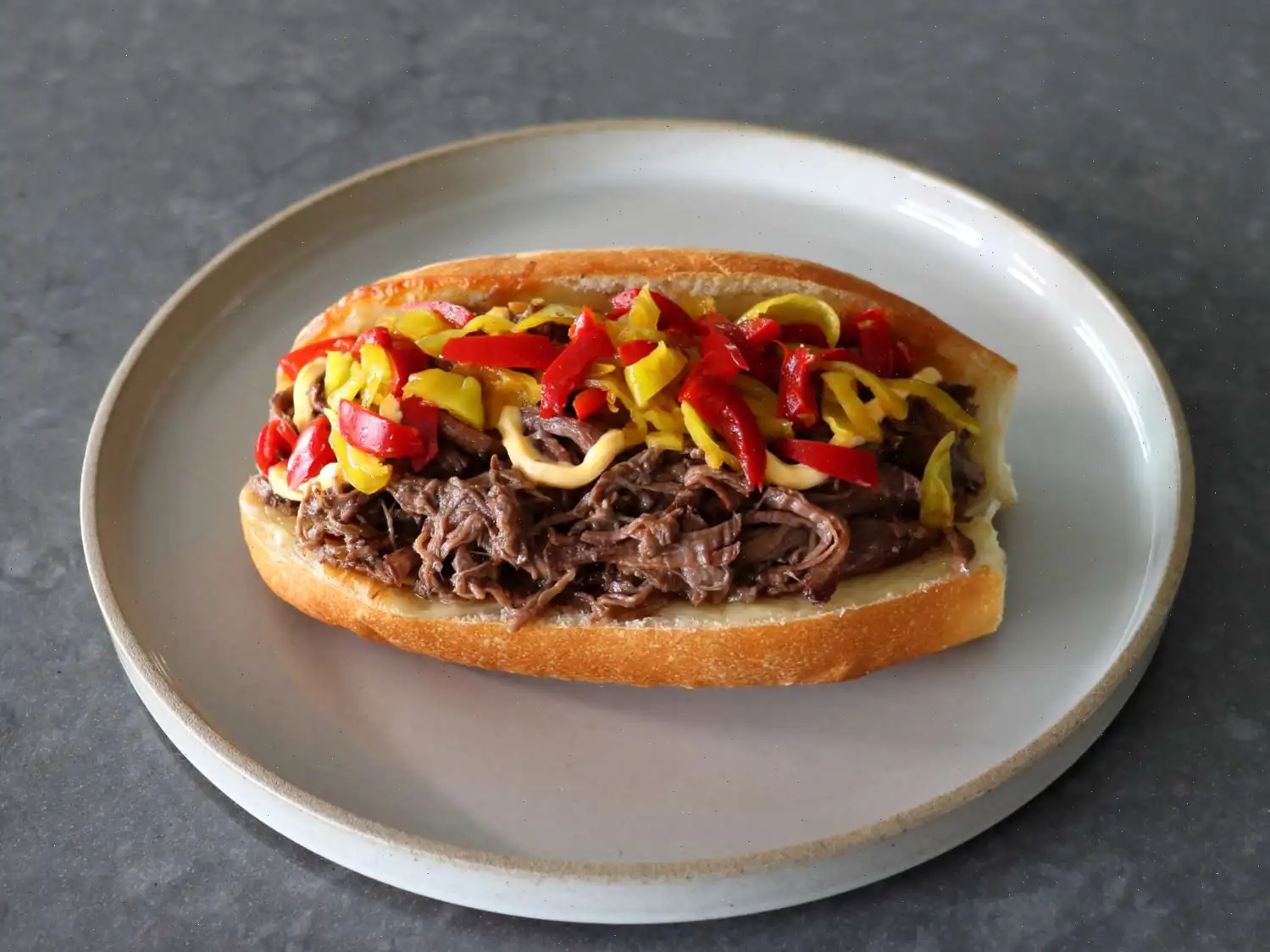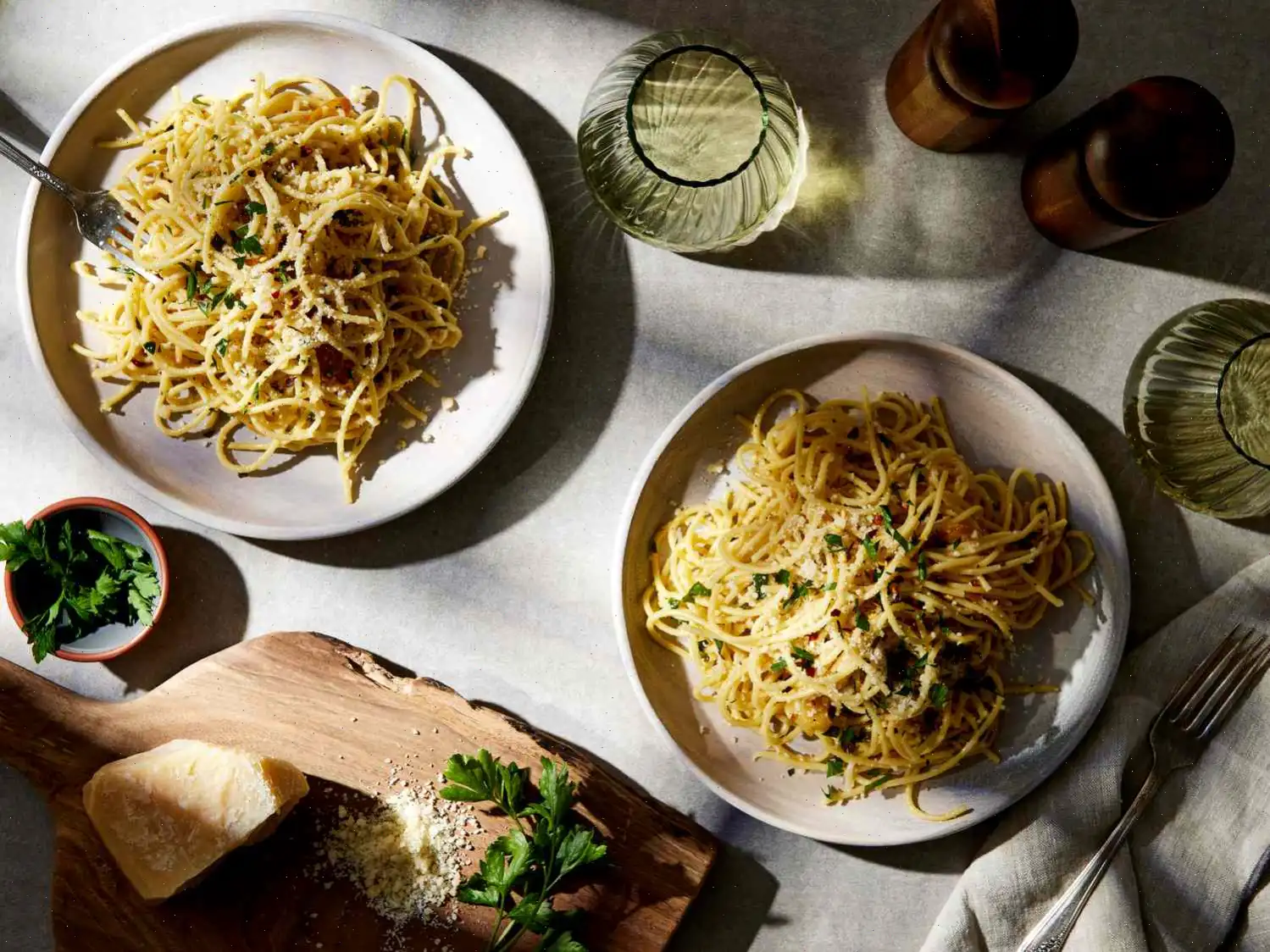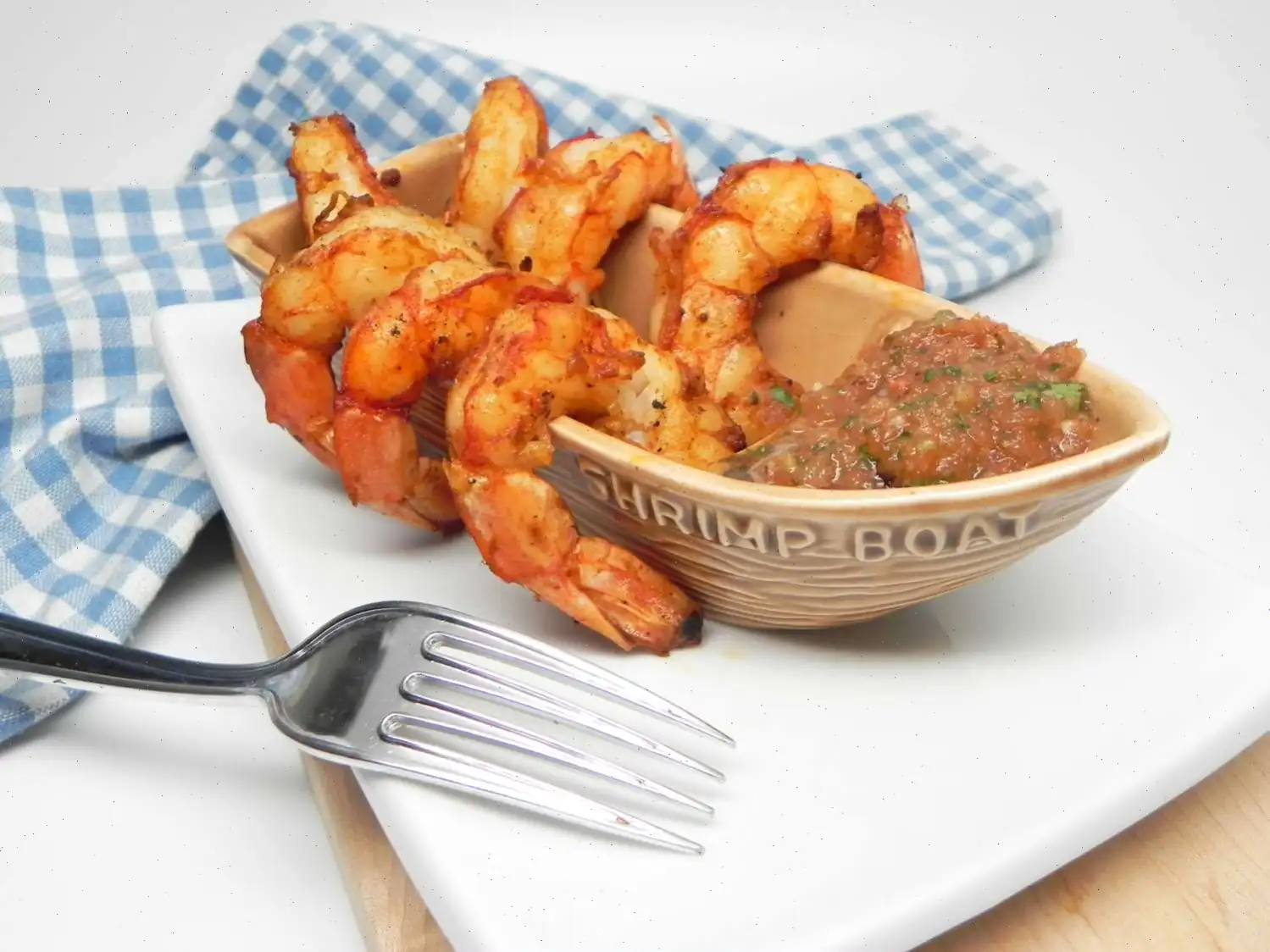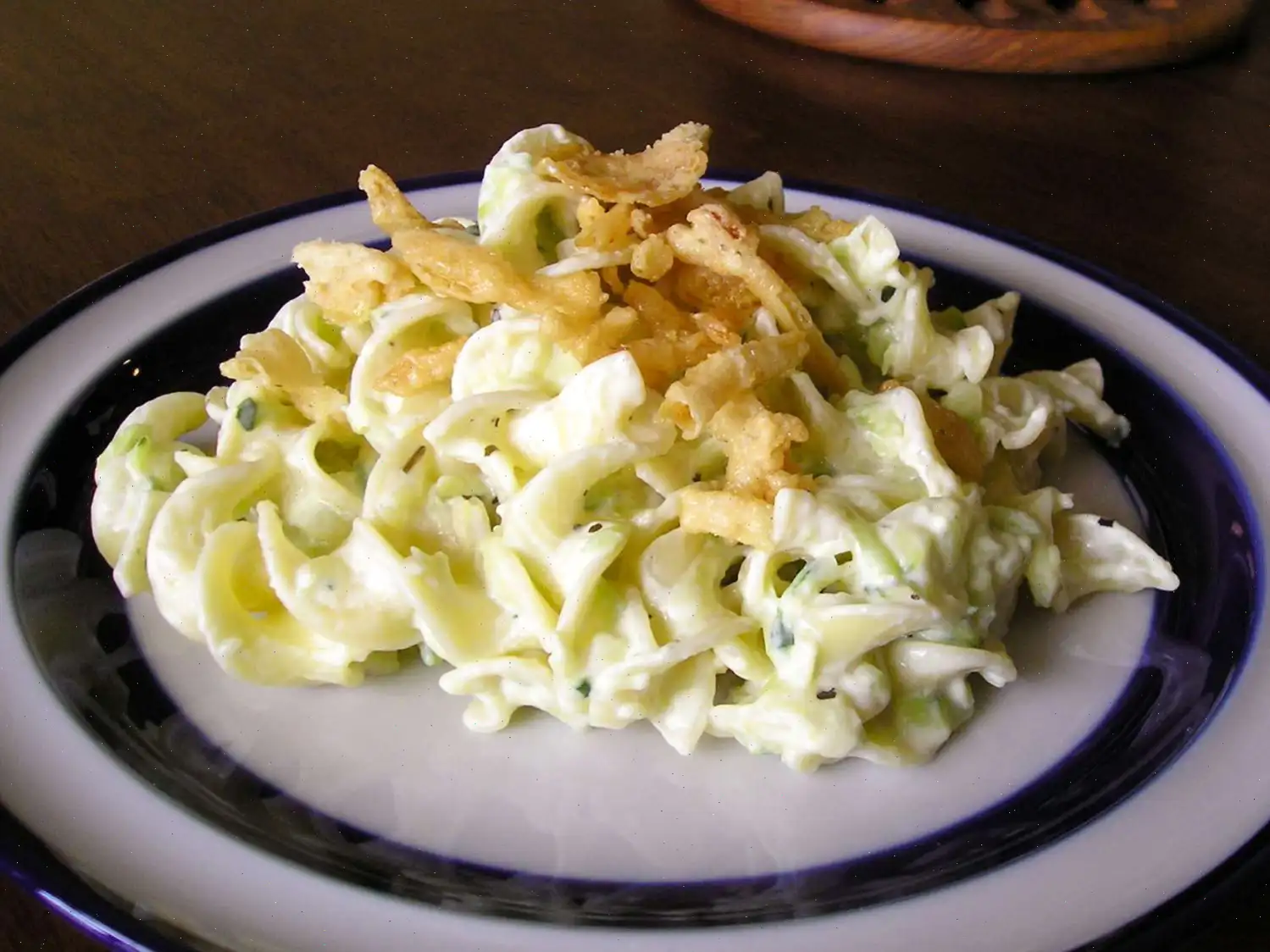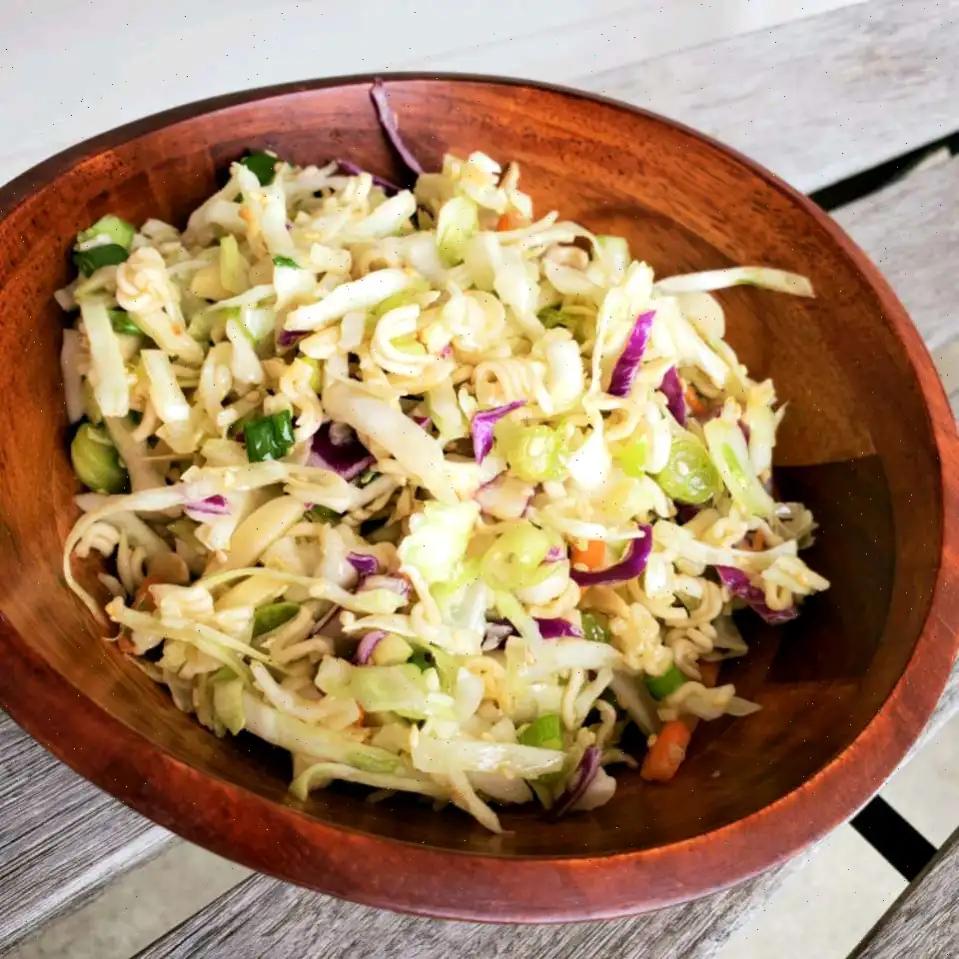
Mississippi Pot Roast Cheesesteak Recipe
This flavorful Mississippi Pot Roast Sandwich is perfect for a hearty meal, made with tender slow-cooked beef, topped with provolone cheese and pickled peppers for the ultimate indulgence.
Ingredients
For the beef:
- 2 teaspoons vegetable oil
- 4 to 5 pounds boneless beef chuck roast
- 1/2 cup pepperoncini brine
- 1/4 cup water
- 1 packet (1 ounce) ranch dressing mix, such as Hidden Valley
- 1 packet (1 ounce) powdered au jus gravy mix, such as McCormick
- 1/2 cup unsalted butter, cut into slices
- 6 pepperoncini peppers (or to taste)
For the sandwiches:
- 8 sandwich rolls
- 16 slices provolone cheese (or more to taste)
- Processed cheese sauce, such as Kraft Cheese Whiz (optional)
- 2 cups sliced pickled peppers (1/4 cup per sandwich, or to taste)
Directions
Optional Step: If you prefer a nice brown crust on the beef, start by heating oil in a skillet, Dutch oven, or multi-functional cooker over high heat. Sear both sides of the beef until well-browned, about 3 minutes per side. Once browned, transfer the beef to a large slow cooker. Add the pepperoncini brine to the skillet, scraping up any browned bits, then pour the liquid into the slow cooker.
If you skip the browning step, simply add the beef and pepperoncini brine directly into the slow cooker. Pour the water over the beef, then evenly sprinkle the ranch dressing mix and au jus gravy mix over the top. Place the butter slices and pepperoncini peppers on top.
Cover and slow cook on Low for 8 to 10 hours, or until the beef is very tender and can be easily shredded with two forks. At this point, you can use the beef for sandwiches or enjoy it on its own.
Once cooked, remove the beef from the slow cooker and shred the meat using two forks.
For the sandwiches: Preheat the oven to 400F (200C). Slice each sandwich roll open and cover the open faces with slices of provolone cheese. Place the rolls on a baking sheet and bake for about 7 minutes, or until the edges of the bread start to brown.
Once the rolls are ready, top each one with a generous portion of the shredded Mississippi pot roast. Optionally, drizzle with processed cheese sauce like Cheese Whiz and garnish with sliced pickled peppers.
Serve and enjoy your delicious Mississippi Pot Roast Sandwiches!
Nutrition Facts (per serving)
| Calories | 991 |
| Total Fat | 61g |
| Saturated Fat | 27g |
| Cholesterol | 258mg |
| Sodium | 1958mg |
| Total Carbohydrate | 39g |
| Dietary Fiber | 4g |
| Total Sugars | 5g |
| Protein | 73g |
| Vitamin C | 11mg |
| Calcium | 366mg |
| Iron | 8mg |
| Potassium | 992mg |
The Story Behind Mississippi Pot Roast Cheesesteak
The Mississippi Pot Roast Cheesesteak is a modern twist on traditional American comfort food. Its origins trace back to the culinary creativity of the Southern United States, particularly Mississippi, where slow-cooked, tender meats are a hallmark of the cuisine. The original Mississippi Pot Roast gained popularity for its rich flavors created by combining chuck roast, ranch seasoning, au jus gravy mix, and pepperoncini peppers, resulting in a deeply savory, slightly tangy profile. Over time, inventive cooks began incorporating the tender roast into sandwiches, giving rise to the unique cheesesteak variation known today.
Regional Characteristics
This dish reflects the Southern love for hearty, slow-cooked meats infused with bold flavors. The use of pepperoncini and ranch seasoning highlights Mississippis penchant for balancing savory and piquant elements. Unlike traditional cheesesteaks that originate from Philadelphia and typically use thinly sliced beef with onions and melted cheese, the Mississippi Pot Roast Cheesesteak uses shredded slow-cooked beef, which creates a juicier, more flavorful sandwich. The combination of provolone and processed cheese sauce adds a creamy texture characteristic of Southern-style indulgence.
How It Differs From Similar Dishes
While it may resemble a classic Philly cheesesteak at first glance, the Mississippi version stands out in several ways. The beef is cooked low and slow for 810 hours, allowing it to shred easily and soak up the flavors of butter, ranch seasoning, and pepperoncini brine. Traditional cheesesteaks rarely employ slow-cooking methods, resulting in a chewier texture. Additionally, the inclusion of pickled peppers and optional cheese sauce gives the Mississippi variant a distinct tangy and creamy dimension absent in most Northern cheesesteak recipes.
Typical Serving Settings
Mississippi Pot Roast Cheesesteaks are versatile and can be served in both casual and festive settings. They are popular at home gatherings, tailgate parties, and informal family dinners where a hearty, flavorful sandwich is appreciated. Many Southern diners and food trucks also feature this dish, often paired with fries, coleslaw, or pickles. Its adaptability makes it suitable for both weeknight meals and special occasions where comfort food is desired.
Interesting Facts
- The original Mississippi Pot Roast was popularized in the early 2000s and became a viral sensation online for its simplicity and flavor-packed ingredients.
- The dishs inclusion of pepperoncini peppers adds a subtle acidity that helps balance the richness of the butter and beef, a technique inspired by Southern braising traditions.
- Shredded slow-cooked beef sandwiches are a Southern staple, but the addition of ranch seasoning and provolone cheese is what uniquely identifies the Mississippi cheesesteak.
- This sandwich has inspired countless variations, including versions with different cheeses, breads, or even spicy pepper blends, showing its flexibility in contemporary American cuisine.
- The name Mississippi Pot Roast Cheesesteak cleverly merges the classic Southern pot roast with the iconic Philly cheesesteak, signaling its hybrid origin and culinary creativity.
You can listen to this recipe in AI audio format. Simply click the play button below to listen to the content in a format that suits you best. It’s a great way to absorb information on the go!


